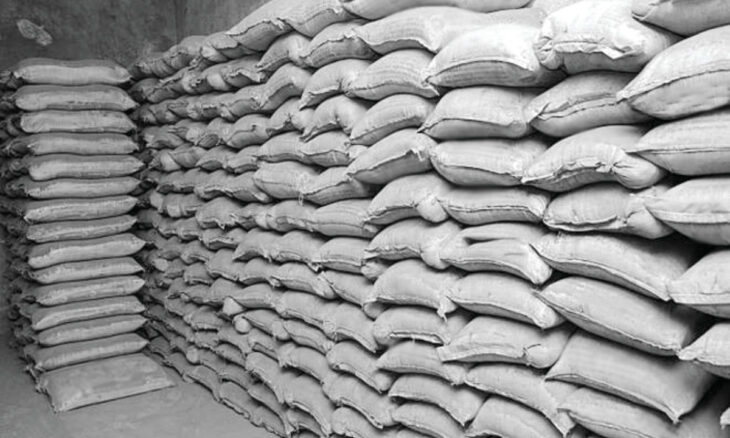
In a promising development for the cement industry, ICRA, a leading credit rating agency, has projected that the share of green power in cement companies is set to surge to 42 per cent by the fiscal year 2025, up from approximately 35 per cent in March 2023. This shift towards sustainability is anticipated to yield substantial cost savings and contribute to a noteworthy reduction in the carbon footprint of the industry.
Cement companies in India are embarking on a sustainable journey driven by ambitious goals to reduce emissions by 15-17 per cent over the next 8-10 years. This endeavor involves a multi-pronged approach, including the increased use of blended cement, which utilizes less clinker and, consequently, less fuel, as well as a higher adoption of green power sources such as solar, wind, and waste heat recovery systems (WHRS). Furthermore, cement companies are exploring alternative fuels to further curb their environmental impact.
Anupama Reddy, Vice President and Co-group Head at ICRA, shed light on the investment required for this green transition, stating, “The capital outlay towards green power investments by the major cement companies for the planned addition of 537 MW green power (solar + WHRS) is expected at around Rs 5,500 crore in the next two years, considering per MW installation cost of Rs 12-13 crore for WHRS and Rs 4-4.5 crore for solar plants. Such investments are likely to result in annual savings of Rs 2,000 crore in power cost for these companies once their planned green power capacities become fully operational.”
The cement industry, known for its high energy consumption, ranks among the largest consumers of coal as a primary fuel, trailing only behind sectors such as iron, steel, and thermal power. Traditionally, electricity needs of cement plants have been met through the state grid, alongside coal-based captive thermal power plants. The clinkerisation process in cement production also involves substantial coal usage, contributing to greenhouse gas emissions and environmental concerns.
To mitigate these concerns, ICRA expects the proportion of blended cement in the portfolios of major cement companies to rise to 80-82 per cent over the medium term, up from 77-79 per cent in FY2023. Cement manufacturers are additionally aiming to increase the utilization of Portland Slag Cement (PSC) in their blended cement varieties. PSC’s production process, characterized by a lower clinker factor due to higher slag usage, results in reduced emissions.
This industry-wide focus on green power is poised to reduce cement manufacturers’ reliance on high-cost thermal power and grid-based electricity, thereby lowering operating costs and minimizing the industry’s carbon footprint. Reddy emphasized the benefits of this transition, stating, “Assuming a thermal power cost at Rs 6.5/unit, WHRS power cost at Rs 0.75/unit, and solar power cost at Rs 4.5/unit, a 25 per cent replacement of thermal power consumption by green power could lead to cost savings of around 15-18 per cent and an improvement in operating margins by 140-160 bps for cement companies, while also reducing the carbon footprint.”
The cement industry’s increasing commitment to sustainability not only aligns with global environmental goals but also promises economic advantages through reduced power costs and enhanced operational efficiency. As the transition to green power accelerates, India’s cement sector is poised to play a pivotal role in the country’s sustainable development journey.

